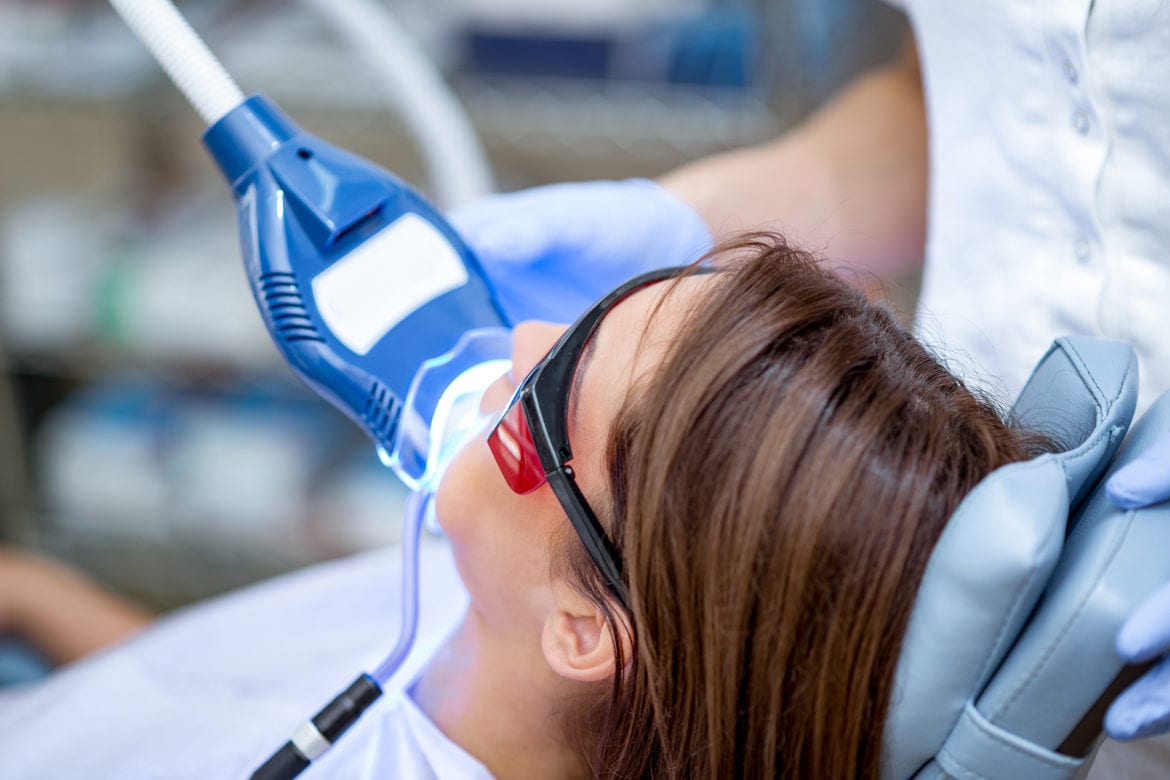When people only laugh cautiously or put their hands in front of their mouths, Wolfgang Boer suspects what is behind it: teeth that one would rather hide because they are crooked, discolored or damaged. “That can trigger psychological pressure,” explains the expert in aesthetic dentistry from Euskirchen.
There are many reasons to have your teeth beautified. And, accordingly, there are also many offers that can not only be expensive, but also ineffective. Wolfgang Boer and his colleagues from the German Society for Aesthetic Dentistry (DG Z) give an overview of the possibilities in which they put the function of the teeth in the foreground.
Bleach – how white should it be?
The toothpaste with the extra white promise seems to be the easiest way to brighten teeth. However, it can act like sandpaper when cleaning – which is why dental aesthetics specialist Wolfgang Boer advises caution: “The so-called RDA value (RDA for Relative Dentin Abrasion, editor’s note) indicates how intensively the cream rubs off the tooth substance. It shouldn’t be over 60,” says Boer.
Decolorizing instead of removing is a more reliable method against Teeflecken Co.: Bleaching is similar to hair with a mixture of hydrogen peroxide and the carrier gel carbamide. It’s called carbamide peroxide — and it’s used in over-the-counter whitening supplies (brush-on or stick-on) from the drugstore, as well as in the two to four 20-minute sessions in dental offices, and in custom-made trays for home bleaching.
Brush-on solutions are available from around 30 euros – “they are harmless but not very effective because, according to the requirements of the European Union, they can only contain a small amount of bleach,” says Boer. You have to pay 600 to 800 euros to the expert. He first determines whether the teeth are in perfect condition and cleans them professionally before, in several steps, they are given a white tone that is as natural as possible. With good care, it should last three to five years. The only side effect according to Boer: the teeth may be temporarily sensitive to cold or heat.
Blending – what good are beautiful bowls?
If the teeth are rough or have become almost translucent, so-called veneers are now the solution of choice to build them up again. “Like fillings, the wafer-thin shells are made of ceramic material and are custom-made. We can scan the teeth beforehand and use photos and three-dimensional plastic models to show what they will look like in the future,” explains Stephanus Steuer, chairman of the certification committee for specialists in the DG Z.
Steuer compares veneers, which he says should naturally shimmer like an opal, to contact lenses for teeth – the difference is that they are held in place by a ceramic adhesive. “For this we often don’t have to prepare the tooth at all or only a little with a fine diamond grinder ,” he says. However, the dentist should first examine whether a disease such as reflux (heartburn) is behind the damage, which should also be treated. In addition, the teeth, including the tooth pockets, must be professionally cleaned.

